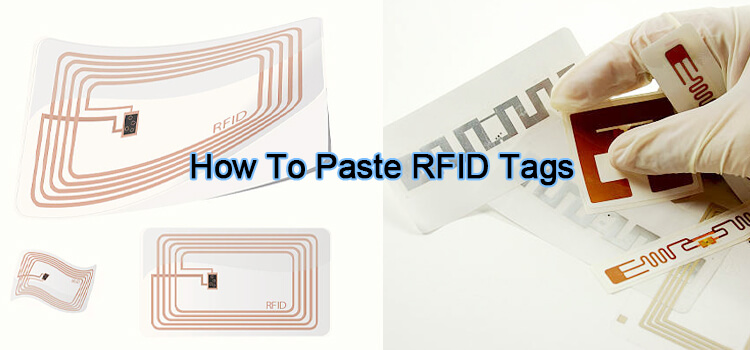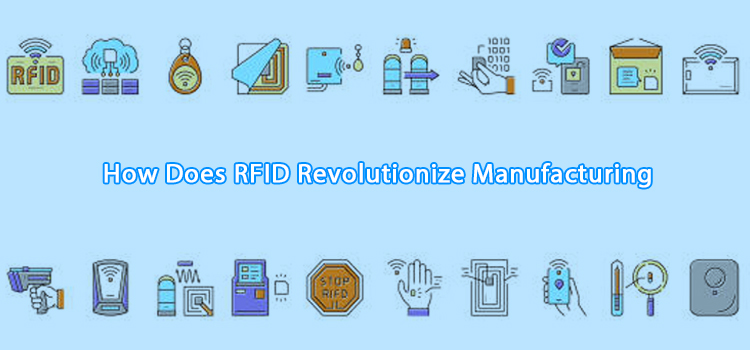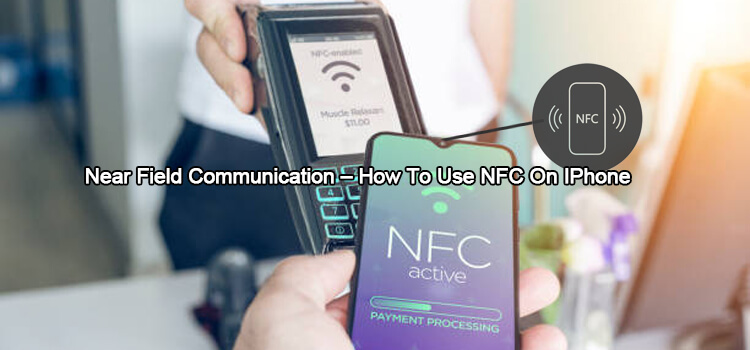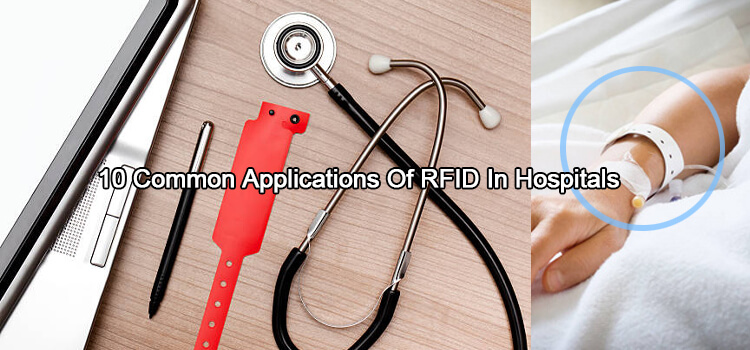Did you know that you can paste an RFID tag on any surface? However, how you do it will determine its efficiency, readability, and lifespan.
If you are wondering how to paste RFID tags like a pro, you have come to the right place. This guide will take you through a step-by-step process of how to stick RFID stickers without damaging them.
What are RFID Stickers?
RFID Stickers are a type of RFID tag designed to stick on various surfaces. They have an adhesive back that makes it easy for you to paste them on the object of interest.
If you want to paste an RFID sticker with no adhesive backing, you can use a special adhesive or double-sided tape. However, you must be careful not to damage or destroy the RFID tag.
How to Paste RFID Stickers- Step-by-Step Guide
Step 1:
Start by cleaning the surface where you want to paste the RFID sticker. Use a clean cloth to wipe off dust, dirt, or oil. This will ensure that the adhesive sticks properly.
Step 2:
Cut the RFID sticker to size if it is too big for the surface. Make sure that you leave enough space around the tag so that it can function properly.
Additionally, you should be careful not to destroy/cut through the antenna when cutting the RFID tag. You should only undertake this step if it is critical for optimum operations.
Step 3:
Peel off the adhesive backing from the RFID sticker. Hold it carefully to avoid tearing it accidentally. When peeling off the backing, ensure that it does not touch anything to avoid contamination that can reduce its adhesive power.
Additionally, you should ensure that the adhesive backing is removed in one clean motion. If it is not attached securely, it will leave an air bubble behind.
Step 4:
Place the RFID sticker on the surface where you want to stick it and press firmly. Use a flat object like a credit card to flatten the RFID sticker and ensure it is completely stuck to the surface.
Step 5:
Leave the RFID sticker undisturbed for a couple of hours so that the adhesive can stick properly.
How to Paste Other Types of RFID Tags
If your RFID tag has no adhesive backing, you must be creative with how you will paste it. For example, you can use a special adhesive or double-sided tape.
If you’re not sure about how to attach RFID tags, this guide will help you. Here are the most common methods for attaching RFID tags:
- Film Adhesives
Film adhesives are solid thermoplastic or B-staged polymers that can be applied as a thin film to surfaces. They are generally used in applications where high strength and/or moisture resistance is required. They offer good dimensional stability and can be removed without damage to the underlying surface.
You will apply these adhesives uniformly on the surface where you want to paste the RFID tag. You should then place your RFID tag on the adhesive.
Once it dries, you will have a strong bond between the RFID tag and the surface. This method of RFID tag attachment is used in race timing, inventory management, and many other applications.
- Epoxy Adhesives
Epoxy is one of the strongest adhesives you can use to attach RFID tags. It is a two-part system that consists of a resin and a hardener. When mixed, these two components react to form a strong bond.
The material is made out of epoxy resins/ polyepoxides. It has been used in a wide range of applications, including medical devices and electronics.
It is solvent-free, hardy, and durable. It is also resistant to high temperatures and chemicals, making it ideal for attaching RFID tags.
- Foam Adhesives
Foam adhesives are polyurethane-based bonding materials. They are useful for attaching RFID tags on irregular surfaces where other adhesives might not be effective.
They are stronger than film adhesives, making them ideal for tracking high-value assets. You can easily remove them without damaging the surfaces to which they are attached.
They are also good at filling gaps and irregularities on surfaces. This makes them ideal for use in construction and other applications where RFID tags need to be attached to rough surfaces.
- Screws & Riveting
You can use screws and rivets to attach RFID tags in areas where you need fall-proof or heavy-duty tag attachment. This method is also useful for attaching RFID tags to metal surfaces.
You will make a pilot hole on the surface before attaching the screw or rivet. Once you have inserted the fastener, you can then attach the RFID tag.
However, this method leaves a permanent hole on the surface to which the RFID tag is attached. You should only use this method when you are sure that the surface can withstand the damage or when you do not plan on removing the RFID tag anytime soon.
- Wire or Cable Tie
This should be your last resort if you cannot find any other method that will work for your applications. You can use cable ties or wires to attach RFID tags on flat surfaces or in areas where using adhesives is not practical.
It is a temporary method of attaching RFID tags and should be used sparingly. If you plan to use this method, make sure that you are using a strong wire or cable tie. You should also avoid placing too much tension on the ties to prevent damage to the RFID tag.
- Sewn On Tags
This method is commonly used with textile RFID tags. You can use a needle and thread to sew the RFID tag on the surface.
The advantage of this method is that it is tamper-proof. However, it is also labor-intensive and might not be practical for all applications.
You should fix it on an easy-to-find place, usually on the hem or collar of clothing to identify the type of fabric and its manufacturing process. You can also use it on packaging materials as a traceability measure and for asset tracking.
In conclusion, there are several factors that you should consider when attaching RFID tags to surfaces. These include the nature of the attachment surface, environment, and the specific application of the tag.
The method you choose depends on your needs. For example, if you need a permanent attachment, you can use screws or rivets. If you need a tamper-proof attachment, you can sew the RFID tag on the surface.





